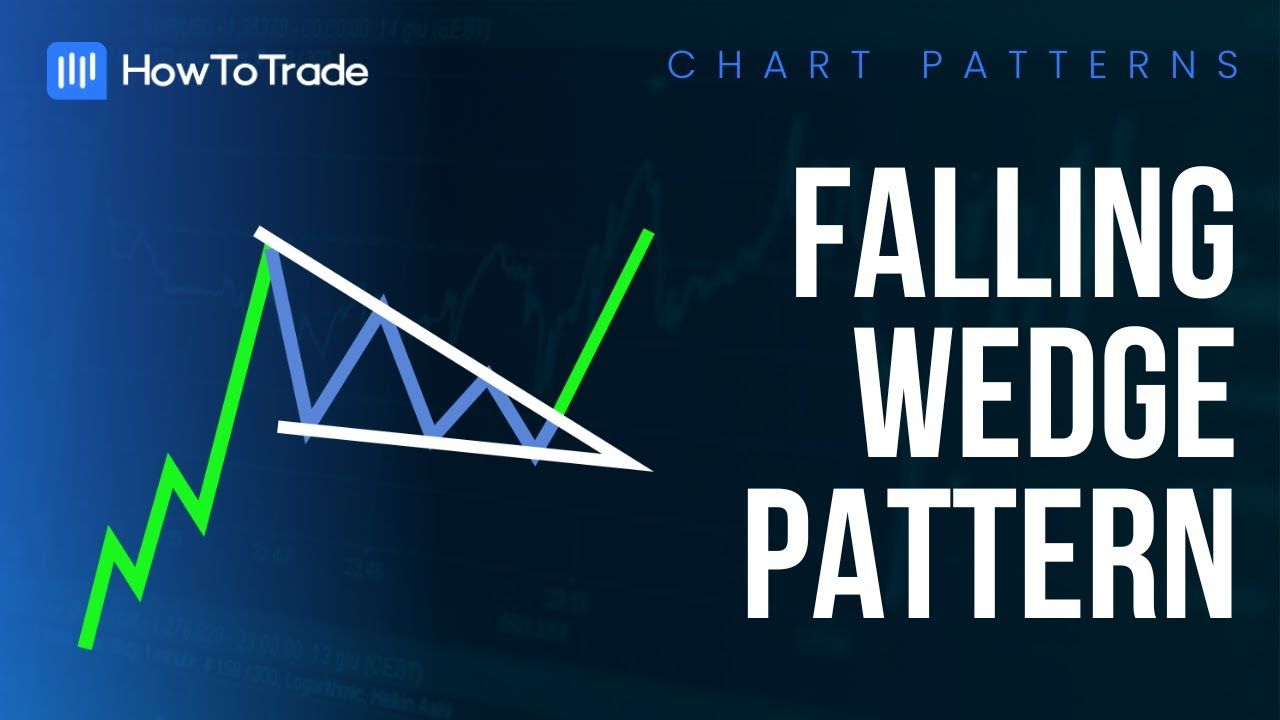MRF is the first stock on Dalal Street to reach Rs 1 lakh per share.
Get the most recent updates on the share price of MRF here. Access complete MRF coverage, including NSE/BSE price history charts.

The Indian stock market reached a new high when Madras Rubber Factory (MRF) became the country's first six-digit stock, with a share price reaching Rs1 lakh. Many retail investors have questioned the affordability of this large sum.
Let us now compare it to a global stock, Berkshire Hathaway, the renowned corporation founded by Warren Buffett, where Class A shares are trading at more than $500,000 per share, equivalent to almost Rs4 crore.
Now comes the question: Is MRF actually an expensive stock? In comparison to Berkshire Hathaway, it does not appear to be so bad. So, let us go deeper into the depths of this intriguing MRF story to unearth the hidden secrets.
WHY IS IT SO EXPENSIVE?
Companies routinely announce stock splits in order to make their securities more appealing and accessible to individual investors, hence improving liquidity while maintaining dividend payments. MRF, on the other hand, has never divided its stock. In 1970 and 1975, MRF awarded bonus shares in the ratios of 1:2 and 3:10, respectively, but no bonus shares have been issued subsequently. When the number of outstanding shares remains constant over time and the organization grows, the company's market value and stock price rise.
EXPENSIVE ≠ QUALITY: DEBUNKING THE MYTH
In the stock market, high price is not always indicative of great quality. It is crucial to know how high a stock price is compared to the cost of valuation. Stocks are valued by investors using metrics such as price to earnings (PE) or price to book value (PB), market capitalization, and so on, therefore despite MRF's high price, it is not the most expensive firm in India. MRF has never split its stock to reduce prices.
Over the years, MRF has proven that a stock's high price may be justified by sustained profitability and promising growth. Therefore, it is essential to look beyond the stock's price in order to assess its true worth and potential.
PEER COMPARISON: MRF'S PRICEY REALITY
The price-to-earnings (PE) ratio indicates that MRF is more costly than similar companies. MRF's PE ratio, at 55 times, is significantly higher than that of its rivals. For comparison, Goodyear India is at 22.6 times, while Apollo Tyres is at 23.4 times, Balkrishna Industries at 42 times, JK Tyre at 18 times, and Ceat at 44 times.
Higher PE ratios, however, foreshadow lower potential profits. Over the past three to five years, MRF's performance has lagged far behind that of its competitors and the market as a whole. During this time period, MRF only returned 56.9 percent, while the benchmark index increased by 87 percent. In a similar vein, MRF returned just 33% over a five-year period, while the Sensex increased by 77%. In comparison, Apollo Tyres returned 284.4 percent to shareholders over three years, Ceat returned 122.3 percent, and JK Tyres returned 219.68 percent to shareholders. The data present an enticing picture of MRF's success relative to its competitors, calling for a deeper dive into the company's investment potential.
MRF: EXPENSIVE BUT NOT IN THE TOP 100
MRF is undisputedly the monarch of expensive stocks in India, followed by Honeywell Automation, Page Industries, Shree Cement, 3M India, Abbott India, Nestle, Bosch, Procter & Gamble Hygiene, and Lakshmi Machine Works. Despite having a market capitalization of Rs42,000 billion, it is not among India's top 100 listed companies in terms of market capitalization. With a market capitalization of Rs17 lakh crore, Reliance Industries leads the group, followed by TCS at Rs11.9 lakh crore and HDFC Bank at approximately Rs8 lakh crore.
Read Also : What Is Cryptocurrency? With Investment Benefits and Drawbacks
MRF'S DISTINCTIVE CHARACTERISTICS
Individual investors should be encouraged by MRF despite the stock's high PE ratio and slow growth rate. Investing in MRF, with its relatively high price denomination, could be advantageous in terms of reduced sensitivity to manipulation and general growth in the sector. The company's rivals, however, are outperforming MRF for the reasons already indicated. Gains in the stock market are dependent on how the market will perform in the future, not how it has performed in the past. Be wary, as the stock market is a forward-looking beast.



















